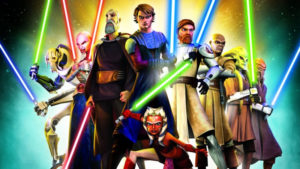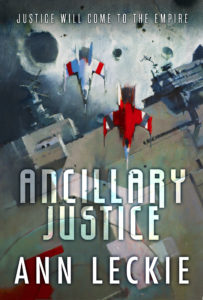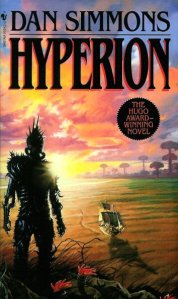
and I got this:

Rogue One is the darkest movie in the Star Wars franchise, and it’s a better movie for it. Set during the height of the Empire’s power, it follows the adventures of Jyn Erso, whose mother is dead and whose father is a hostage. In the first scene we see of her adult life, she’s on the way to an Empire labor camp. Alliance fighters break her out and offer her a job.
I don’t want too reveal too much, but if you’ve ever wondered what idiot would build a Death Star that explodes on a single well-aimed photon torpedo, this movie answers that question.
It reminds me of what space opera is for. It isn’t science fiction. Space opera is politics, on the funnest canvas. If you live in a fascist society, what do you do? The human characters in this movie might have a comfortable life if they just gave up. The Empire echoes modern China a little. One of the battle scenes resembles Normandy – and war’s enormous price in lives.
The Empire’s military is made entirely of humans and its brass is entirely white humans. What kind of choice do the aliens have? What do you do when you run out of options? Give up everything?
We see a Rebel Alliance splintered into factions and military commanders disobeying orders all over the place. Is Alliance chaos better than Empire enforced unity? Do you keep fighting? Yes. The movie gives a resounding yes. To give up would be to be complicit in the evil thing Grand Moff Tarkin does on Scarif.
One of the functions of art is to show us what heroism looks like. Heroism when nobody is a Jedi and injuries hurt.
My problems with the movie are quibbles. The other characters treat Jyn like she’s the next Henry V but she’s not that good with words. Did the blind character have to have milky eyes? The CG Tarkin doesn’t look that bad … he just looks like he wandered in from the wrong movie.
The most moving part of Rogue One is the (spoileriffic) last half hour.
.
.
.
.
.
They killed a main character. I thought pfft, the robot character, that’s going to be a Disney death if I’ve ever seen one. Then they killed another … and another … nobody was going to get out. In the last five minutes of the film, the Alliance is reduced to extras, and they are scrambling, and desperate, and mortal. I salute the nameless soldier who couldn’t get himself through a broken door but could get a data card through.



